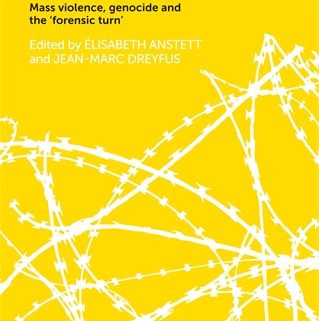Baer, Alejandro and Natan Sznaider (2017) Memory and Forgetting in the Post-Holocaust Era
|
PUBLICATION DATE |
TITLE | AUTHORS | TYPE |
|---|---|---|---|
|
2017
|
Memory and Forgetting in the Post-Holocaust Era | Alejandro Baer and Natan Sznaider | Book |

To forget after Auschwitz is considered barbaric. Baer and Sznaider question this assumption not only in regard to the Holocaust but to other political crimes as well. The duties of memory surrounding the Holocaust have spread around the globe and interacted with other narratives of victimization that demand equal treatment. Are there crimes that must be forgotten and others that should be remembered?
In this book the authors examine the effects of a globalized Holocaust culture on the ways in which individuals and groups understand the moral and political significance of their respective histories of extreme political violence. Do such transnational memories facilitate or hamper the task of coming to terms with and overcoming divisive pasts? Taking Argentina, Spain and a number of sites in post-communist Europe as test cases, this book illustrates the transformation from a nationally oriented ethics to a trans-national one. The authors look at media, scholarly discourse, NGOs dealing with human rights and memory, museums and memorial sites, and examine how a new generation of memory activists revisits the past to construct a new future. Baer and Sznaider follow these attempts to manoeuvre between the duties of remembrance and the benefits of forgetting. This, the authors argue, is the “ethics of Never Again.”
TABLE OF CONTENTS:
List of figures
Acknowledgments
1 The Ethics of Never Again: global constellations
2 Nunca Más : Argentine Nazis and Judíos del Sur
3 Francoism reframed: the disappeared of the Spanish Holocaust
4 Eastern Europe: exhuming competing pasts
5 Beyond Antigone and Amalek : toward a memory of hope
Bibliography
Index









